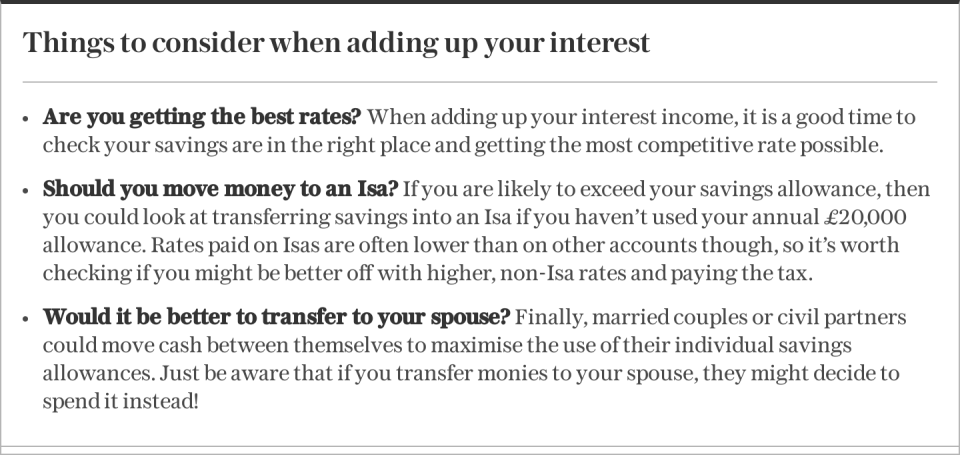NS&I puts up rates – but tells no one

National Savings and Investments (NS&I) has quietly put up some of its rates as markets predict a delay in a Bank Rate cut.
The Treasury-backed savings body increased the rate on its Direct Saver accounts from 3.65pc to 4pc. The rates on its Income Bonds jumped from 3.59pc to 3.93pc.
Its new one-year British Savings Bonds, which were announced by Chancellor Jeremy Hunt at the spring Budget on March 6, also went on sale last Thursday, and offer interest of 4.5pc. The three-year version went on sale in April.
But as a result of the purdah before the election, the government agency has not promoted its new rates, in an effort not to influence voters.
The NS&I fundraising target was raised from £7.5bn to £9bn at the budget in March, meaning that after a successful 2023, the savings body is expected to raise as much if not more this year.
The body has to balance the competitiveness of the market against the fundraising needs of the Government, meaning it typically launches big rates when it is struggling to raise cash.

But smaller moves, such as those implemented last week, can be the result of the savings body making sure that it remains competitive.
James Blower, of The Savings Guru, said: “The increases are probably enough to improve retention but not attract new balances.”
Mr Blower said that NS&I will be looking to shore up its position ahead of the announcement of its first quarter results in five weeks’ time.
“Had they not done this, they’d have been reporting good outflows when their Q1 results were announced in July,” he said.
But Mr Blower said that it was unlikely that there would be any further movement on rates before the election, as the government agency will not want to be seen to influence results.
He said: “Don’t expect any further changes now until after the election – it is likely these increases were decided and agreed before the snap general election was announced.”
The Bank of England has held the Bank Rate at 5.25pc since last August after 14 consecutive rises from December 2021.
Hopes had been raised of cuts from the Monetary Policy Committee, but when last week’s inflation data came in higher than expected, the market expectation shifted.
Swap rates, which are used to price mortgages and savings rates, show that no Bank Rate cut is expected until September.
NS&I was unable to comment.


 Yahoo Finance
Yahoo Finance 